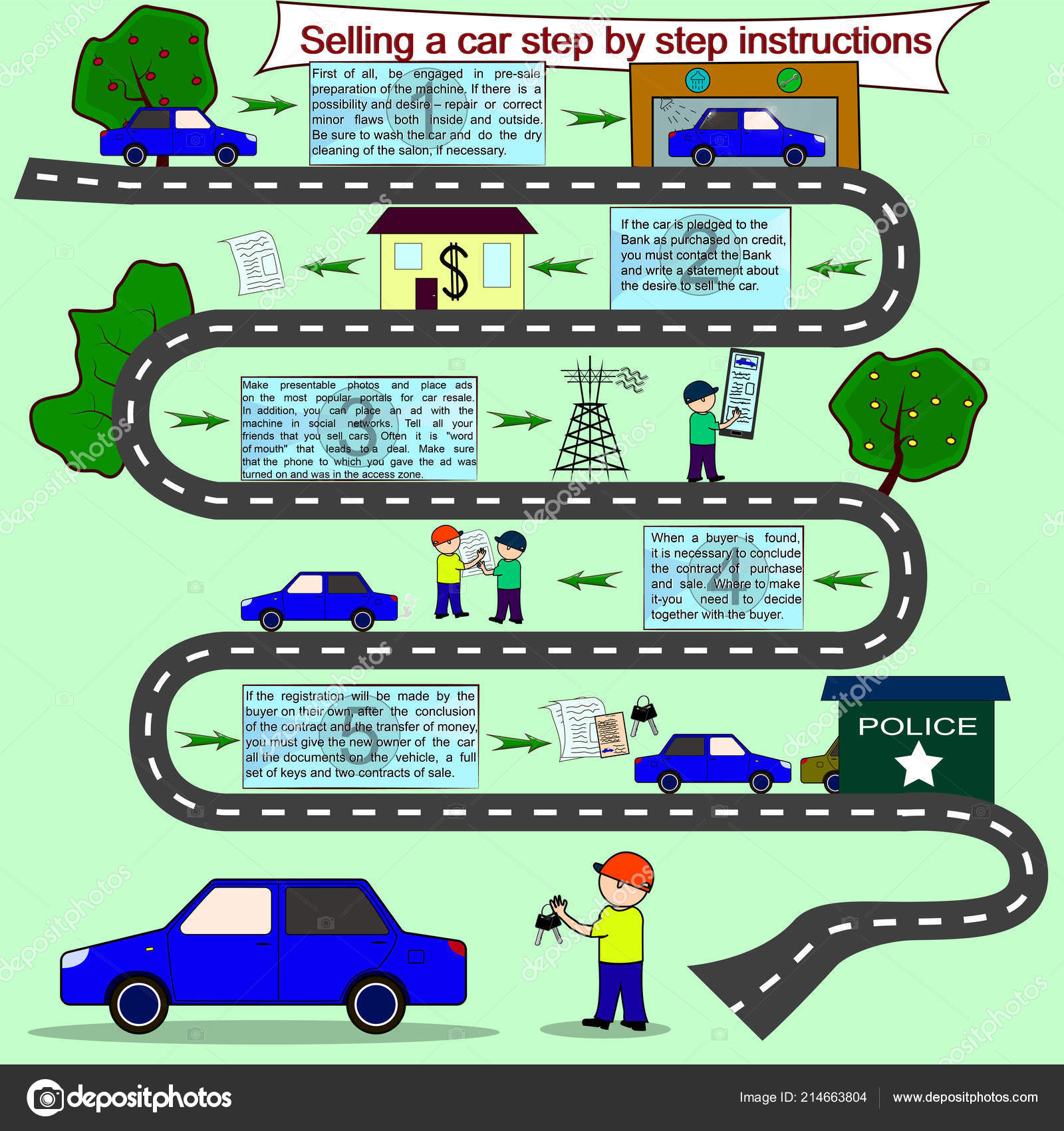Assessing Your Vehicle'S Warning Indicators: What They Really Convey
Assessing Your Vehicle'S Warning Indicators: What They Really Convey
Blog Article
Material Produce By-Vinson Corbett
When you're behind the wheel, those beautiful caution lights on your control panel can be a bit difficult. Do you understand what they're trying to inform you about your automobile's wellness? Recognizing the importance of these lights is essential for your security and the durability of your automobile. So, the next time one of those lights pops up, would not you wish to analyze its message properly and take the needed steps to address it?
Common Warning Lights and Interpretations
Determine usual warning lights in your car and comprehend their meanings to make certain risk-free driving.
The most normal warning lights consist of the check engine light, which indicates problems with the engine or exhausts system. If this light comes on, it's essential to have your lorry checked without delay.
The oil pressure alerting light suggests reduced oil stress, calling for instant attention to avoid engine damage.
A blinking battery light may suggest a defective charging system, possibly leaving you stranded if not attended to.
The tire pressure monitoring system (TPMS) light signals you to reduced tire pressure, affecting lorry stability and fuel effectiveness. Disregarding this could lead to hazardous driving conditions.
The abdominal muscle light suggests an issue with the anti-lock stopping system, jeopardizing your ability to quit rapidly in emergencies.
Lastly, the coolant temperature level advising light warns of engine getting too hot, which can cause serious damages otherwise settled swiftly.
Comprehending these usual caution lights will certainly aid you address issues immediately and maintain risk-free driving conditions.
Significance of Prompt Focus
Comprehending the usual caution lights in your automobile is just the first step; the value of promptly resolving these warnings can't be stressed sufficient to ensure your safety and security on the road.
When a caution light brightens on your control panel, it's your car's means of communicating a potential problem that needs attention. Disregarding these cautions can lead to more extreme troubles in the future, jeopardizing your safety and security and possibly costing you a lot more out of commission.
Motivate interest to cautioning lights can stop break downs and accidents. For example, a blinking check engine light might show a misfire that, if left neglected, could cause damages to the catalytic converter. Resolving visit the next website can save you from an expensive repair.
Similarly, a brake system warning light could signal reduced brake liquid or worn brake pads, crucial parts for your safety and security when driving.
Do It Yourself Troubleshooting Tips
If you discover a caution light on your control panel, there are a couple of do it yourself fixing suggestions you can attempt prior to looking for specialist aid.
The primary step is to consult your cars and truck's handbook to comprehend what the certain warning light suggests. In some cases the issue can be as simple as a loose gas cap causing the check engine light. Tightening up the gas cap may solve the problem.
One more typical concern is a reduced battery, which can trigger different alerting lights. Examining https://www.consumerreports.org/car-repair-maintenance/how-to-inspect-car-belts-and-hoses-a3986860709/ for corrosion and guaranteeing they're safe and secure may fix the issue.
If a warning light persists, you can attempt resetting it by separating the automobile's battery for a couple of minutes and afterwards reconnecting it. Furthermore, inspecting your car's liquid degrees, such as oil, coolant, and brake liquid, can aid troubleshoot cautioning lights related to these systems.
Final thought
Finally, comprehending your cars and truck's warning lights is essential for maintaining your vehicle running smoothly and securely. By without delay resolving these alerts and recognizing what they mean, you can stay clear of pricey repair services and prospective failures.
Bear in mind to consult your car's handbook for particular information on each warning light and act accordingly to guarantee a hassle-free driving experience.
Stay notified, stay secure when driving!
